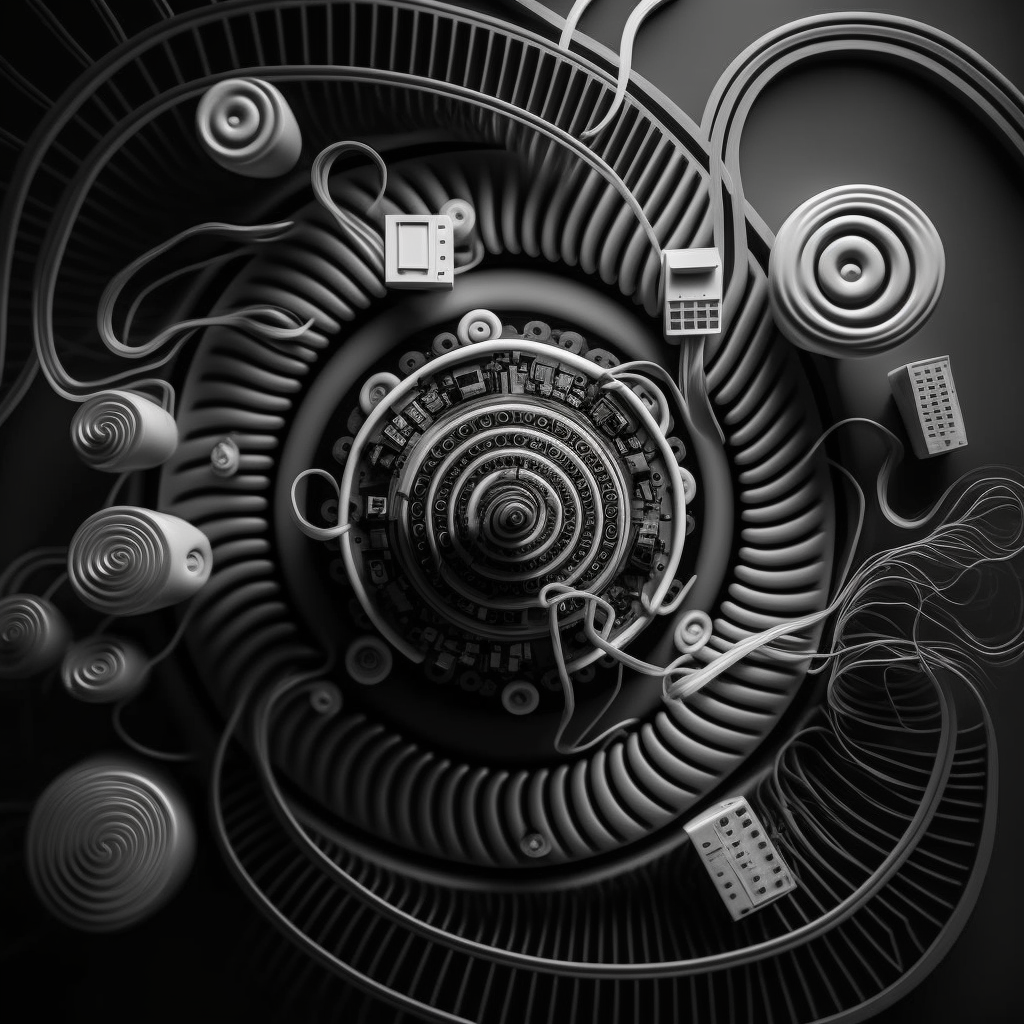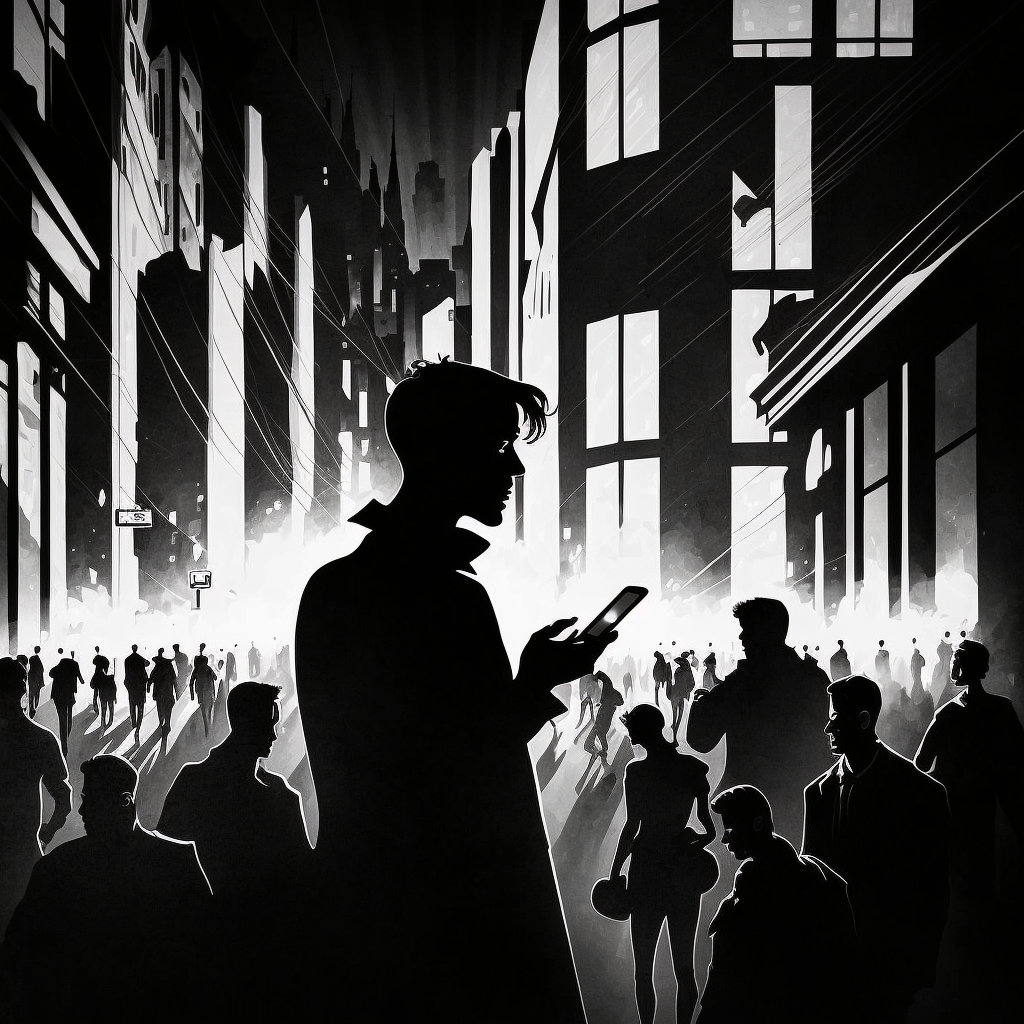Tracer: Welcome to Psychedelia Noir
A review of Antero Alli's new psychedelic thriller.

Psychedelic culture tends towards the rainbow, gushing with color, at times super-saturated with positivity. Tracer takes a different approach. The film investigates the Noir side of consciousness exploration, representing as Antero puts it, its Shadow archetype—specifically, how it risks being misused by institutions whose motivations might not include a more liberated humanity.
Tracer centers on Leo, played by Rick Wilding, an aging hippie-turned-Trumpster with skeletons in his closet, plagued by a recurring nightmare of burying a dead body. Over the course of the film, he comes to suspect that the dreams are no product of his subconscious, but are visitations by old enemies come to take their revenge.
As Antero put it in our interview, Tracer was inspired by, “ the massive investment of consciousness into virtuality.” Indeed, the psychedelic renaissance has happened concurrently with humanity’s decision to transfer a massive portion of our lives online, and the interaction between these two tendencies is under-examined. Antero is especially concerned with surveillance culture, asking questions about how consciousness expansion might be used to deepen state control over individuals’ lives.
Tracer was also inspired by the very real remote viewing experiments carried out by Americans and Soviets at the height of Cold War animosity. Antero posits the existence of a psychic layer connecting all of humanity, consciously accessible only to a few. I confess, I feel the need to bracket this idea in my own mind with a powerful “maybe.” I have had experiences which are difficult to explain without recourse to psychic abilities—times when I was on psychedelics, and friends dreamed of me, with a remarkable level of accuracy. Still, I’m reluctant to ascribe a psychic explanation to these experiences with any level of certainty. And I’m not sure that psychic powers, if they do exist, will ever be formalized enough to make the high-stake hijinks shown in Tracer possible—I suspect that psychic phenomena will remain relegated to the realm of unpredictability. But then, people once believed that about electricity.

Tracer brings in the delightful and under-appreciated 8-circuit model of consciousness. The 8-circuit model originated with Timothy Leary, and was developed by Robert Anton Wilson and Antero himself. The model combines four lower, “mundane” circuits, and four higher, “conscious” one. Even more fun, each circuit can be activated by a different drug—from the safety/survival 1st circuit, activated by opiates, to the quantum nonlocal 8th circuit, activated by ketamine. Tracer tongue-in-cheek posits a mysterious 9th circuit, activated by the drug C-9, which allows the user to enter into the dreams of others.
Combining spy thriller, family drama, underworld drug culture and quantum non locality, Tracer is the most original film I’ve seen in some time. The cast is strong across the board, and I was particularly impressed by up-and-comer Kasia Caravello. If any of the topics mentioned here appeal to you, I’d strongly recommend checking out Tracer—it’s a thought-provoking film, and a hell of a good time.
Antero’s work can be found at verticalpool.com and paratheatrical.com. Tracer can be viewed here.
***
Arielle is a writer and editor based in Mexico, Canada and the US. More of her writing can be found here.
